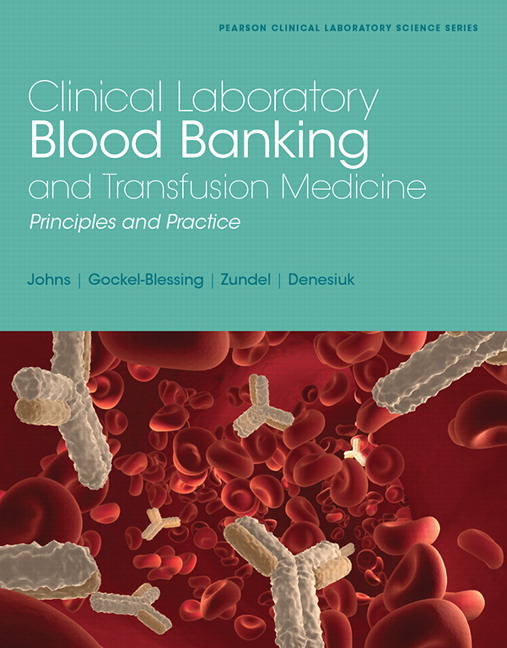Clinical Laboratory Microbiology A Practical Approach Pdf Writer
Oct 28, 2015 Clinical Laboratory Microbiology A Practical Approach PDF. Go Inside a Clinical Microbiology Lab. Microbiology practical introduction - lab. Clinical Laboratory Microbiology: A Practical Approach: 956: Medicine & Health Science Books @ Amazon.com. Clinical Laboratory Microbiology is part of Pearson’s. A murderous poison pen writer stalks a. Clinical Laboratory Microbiology: A Practical Approach.
This work is protected by local and international copyright laws and is provided solely for the use of instructors in teaching their courses and assessing student learning. Dissemination or sale of any part of this work (including on the World Wide Web) will destroy the integrity of the work and is not permitted. The work and materials from this site should never be made available to students except by instructors using the accompanying text in their classes.
All recipients of this work are expected to abide by these restrictions and to honor the intended pedagogical purposes and the needs of other instructors who rely on these materials. Clinical Laboratory Microbiology is part of Pearson’s Clinical Laboratory Science series of textbooks, which is designed to balance theory and practical applications in a way that is engaging and useful to students. Clinical Laboratory Microbiology presents highly detailed technical information and real-life case studies that will help learners envision themselves as members of the health care team, providing the laboratory services specific to microbiology that assist in patient care. The mixture of theoretical and practical information relating to microbiology provided in this text allows learners to analyze and synthesize this information and, ultimately, to answer questions and solve problems and cases. Features. Objectives are comprised of two levels: Level I for basic or essential information and Level II for more advanced information.

These objectives were reviewed by clinical (medical) laboratory technician (CLT/MLT) educators who made recommendations that aimed the Level I objectives to their students. Clinical laboratory science/medical technologist (CLS/MT) educators may expect their students to meet both Level I and Level II objective requirements. Overview gives the reader an idea of the chapter content and organization. Key Terms alert the student to important terms used in the chapter and found in the glossary. Vicinity map creator autocad 2017. Each chapter offers students a variety of opportunities to assess their knowledge and ability to apply it.
Case Study is a running case feature that first appears at the beginning of each chapter and focuses the student's attention on the subject matter that the chapter will cover. Throughout the chapter at appropriate places, additional information on the case may be given such as laboratory test results, and then questions are asked. The questions relate to the material presented in preceding sections.
Appendix A provides the answers to the Case Study questions. Checkpoints are integrated throughout the chapter. These questions require the student to pause along the way to recall or apply information covered in preceding sections.
A Summary concludes the text portion of each chapter in order to help the student bring all the material together. Review Questions appear at the end of each chapter.

The two sets of questions are referenced and organized to correspond to the Level I and Level II objectives.
Microbiology A Clinical Approach Pdf
Description Clinical Laboratory Microbiology is part of Pearson’s Clinical Laboratory Science series of textbooks, which is designed to balance theory and practical applications in a way that is engaging and useful to students. Clinical Laboratory Microbiology presents highly detailed technical information and real-life case studies that will help learners envision themselves as members of the health care team, providing the laboratory services specific to microbiology that assist in patient care. The mixture of theoretical and practical information relating to microbiology provided in this text allows learners to analyze and synthesize this information and, ultimately, to answer questions and solve problems and cases. Objectives are comprised of two levels: Level I for basic or essential information and Level II for more advanced information. These objectives were reviewed by clinical (medical) laboratory technician (CLT/MLT) educators who made recommendations that aimed the Level I objectives to their students. Clinical laboratory science/medical technologist (CLS/MT) educators may expect their students to meet both Level I and Level II objective requirements. Overview gives the reader an idea of the chapter content and organization.

Key Terms alert the student to important terms used in the chapter and found in the glossary. Each chapter offers students a variety of opportunities to assess their knowledge and ability to apply it. Case Study is a running case feature that first appears at the beginning of each chapter and focuses the student's attention on the subject matter that the chapter will cover. Throughout the chapter at appropriate places, additional information on the case may be given such as laboratory test results, and then questions are asked. The questions relate to the material presented in preceding sections.
Appendix A provides the answers to the Case Study questions. Checkpoints are integrated throughout the chapter. These questions require the student to pause along the way to recall or apply information covered in preceding sections. A Summary concludes the text portion of each chapter in order to help the student bring all the material together.
Review Questions appear at the end of each chapter. The two sets of questions are referenced and organized to correspond to the Level I and Level II objectives.